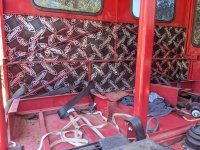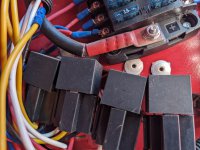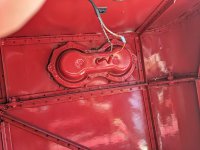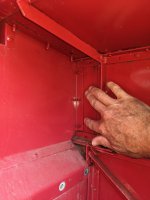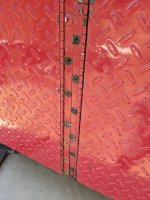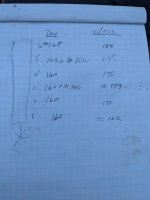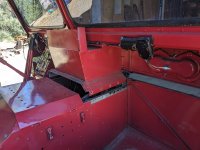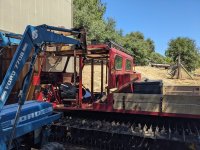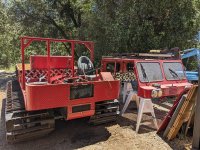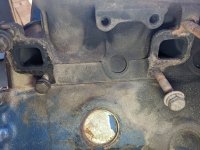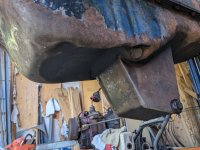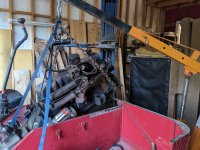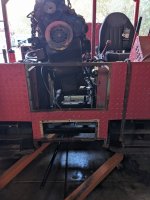I did a look through and found an old thread and found one that the guy removed the cab on his 1202. I am looking for more specific guidance on the process. His reason for the cab remove is the same as mine.
History: The motor has either an exhaust leak or most likely a valve issue. Tapping noise, so I figured to freshen up the motor while the sun is out and the snow is melting away!
I have 1202B (with the back seat), ford industrial motor and want to pull it so I figure the easiest(?) way is to remove the cab.
Any advice on the procedure, bolt locations etc would be great! While I am at it, I will be extending the bed area as the existing one is a bit tweaked.
Thanks in advance for any insight!
ra
History: The motor has either an exhaust leak or most likely a valve issue. Tapping noise, so I figured to freshen up the motor while the sun is out and the snow is melting away!
I have 1202B (with the back seat), ford industrial motor and want to pull it so I figure the easiest(?) way is to remove the cab.
Any advice on the procedure, bolt locations etc would be great! While I am at it, I will be extending the bed area as the existing one is a bit tweaked.
Thanks in advance for any insight!
ra

